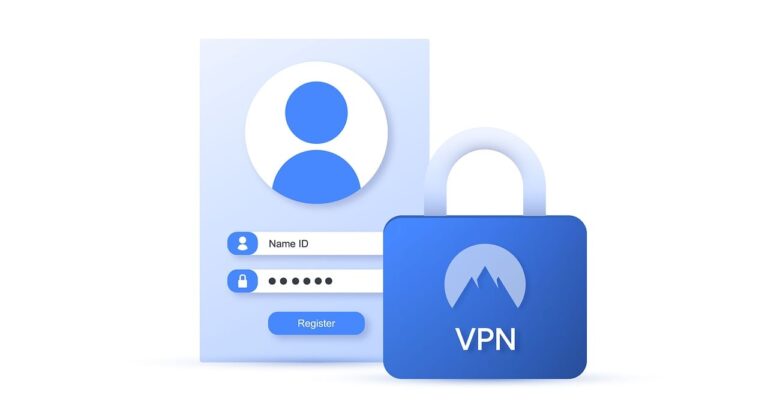Can you see that your VPN is identified as more significant than before? Ironically, for VPN lovers, the number of methods available to websites, companies, and governments remain more to unmask VPN usage and, therefore, are not as hidden as they used to be.
Suspicious Login Patterns
Another dirty little secret of how websites detect VPN use is monitoring login locations among users. If one account signs from many diverse geographical areas within a short period using the same terminal, the websites may deem it wise to capture this move as a sign that the user is using a VPN to hide location.
Also, if multiple users access the same Website or service through a single IP address from a VPN server, this signature can indicate VPN use. To reduce detection, connect to the servers that are physically closest to your location and if possible go for a dedicated IP address as it assigns you a single IP address, no other user will be using the same IP as you are, hence if the location changes are noticed, it will be tough.
Connecting With a Blacklisted IP Address
Every organization has lists of IPs related to VPNs and proxies to prevent those IPs from accessing your company’s resources. Well, if you are connected to a free VPN where many users use the same IPv4, the bad website may get your IP address at the time when you were connecting via one of the blacklisted IPs and simply block all connections via VPN.
As a way out, why not use a different IP address known only to one user? This is least likely to raise suspicion. If you have the necessary cash, get a dedicated IP address, but if you can only afford a free VPN connection, then listen to this. It will ensure that your VPN never reuses an IP address and always has access to a lot of them.
Advanced Detection Technologies
VPNs are easily identifiable because firms rely on the latest technologies, such as artificial intelligence and machine learning, to help identify VPN traffic. Devices such as DPI examine the metadata in passed-through data packets to understand basic VPN parameters, including encrypted headers or unorthodox protocols.
Full anonymity may be very difficult, but there are VPNs with features like “stealth mode” or “obfuscation,” which make it difficult to detect VPN traffic as internet traffic. However, this is not a failsafe, as advancements are being made in AI technology and machine learning methods.
Device and TLS Fingerprinting
Similar to DIP, device and TLS fingerprinting are methodologies used by websites to identify VPN usage. Device fingerprinting gathers certain device characteristics to make a unique ‘fingerprint,’ and using the same fingerprint at different geographical locations suggests a VPN.
VPN service users are usually considered to have unique TLS configurations, and certain websites may deny connections based on the TLS fingerprint. You can’t completely avoid detection, but it will be beneficial if you work from the same server and use a dedicated IP. You can also use VPN providers that don’t refresh TLS profiles very often and don’t generate similar profiles for multiple users to minimize the probability of being detected.
Stricter Content Licensing Agreements
Licenses of contents usually restrict the places users can access freely through legal means. To maintain these constraints, platforms must implement adequate VPN detection so that the target audience can access only sites belonging to the permitted countries.
When a service identifies your VPN and cuts access to what you need, there is generally no way around it. You can also use a VPN connection with premium servers in the best regions to avoid detection. However, you need to refrain from doing so to unlock content the streaming platform or service is banned from airing in your country.
This is why sites and services are way more equipped to identify VPNs than they used to be. Sometimes, a service or platform may block VPNs; when that is the case, it is best to adhere to such a policy to prevent your account from getting locked for financial services, for instance.

